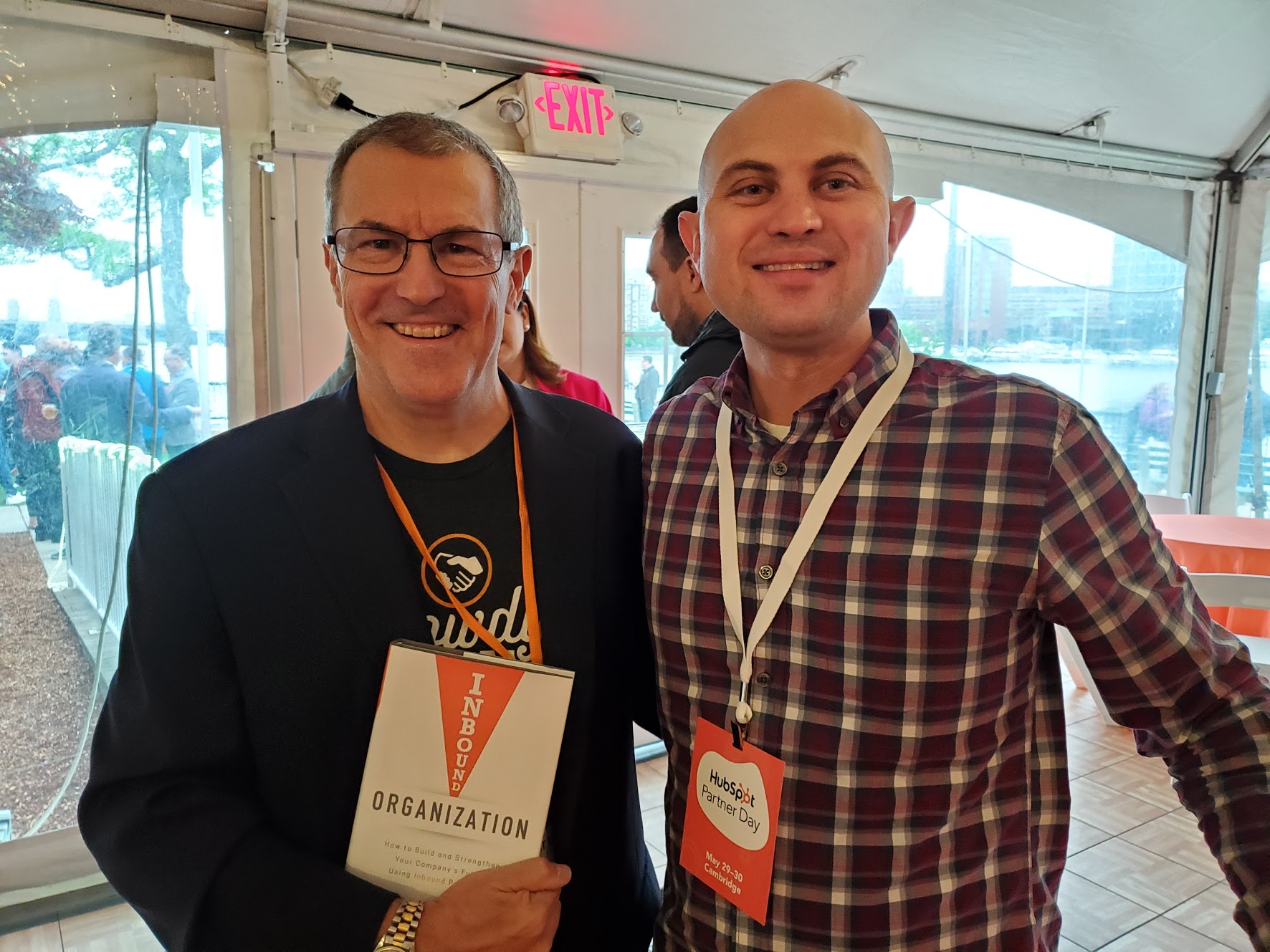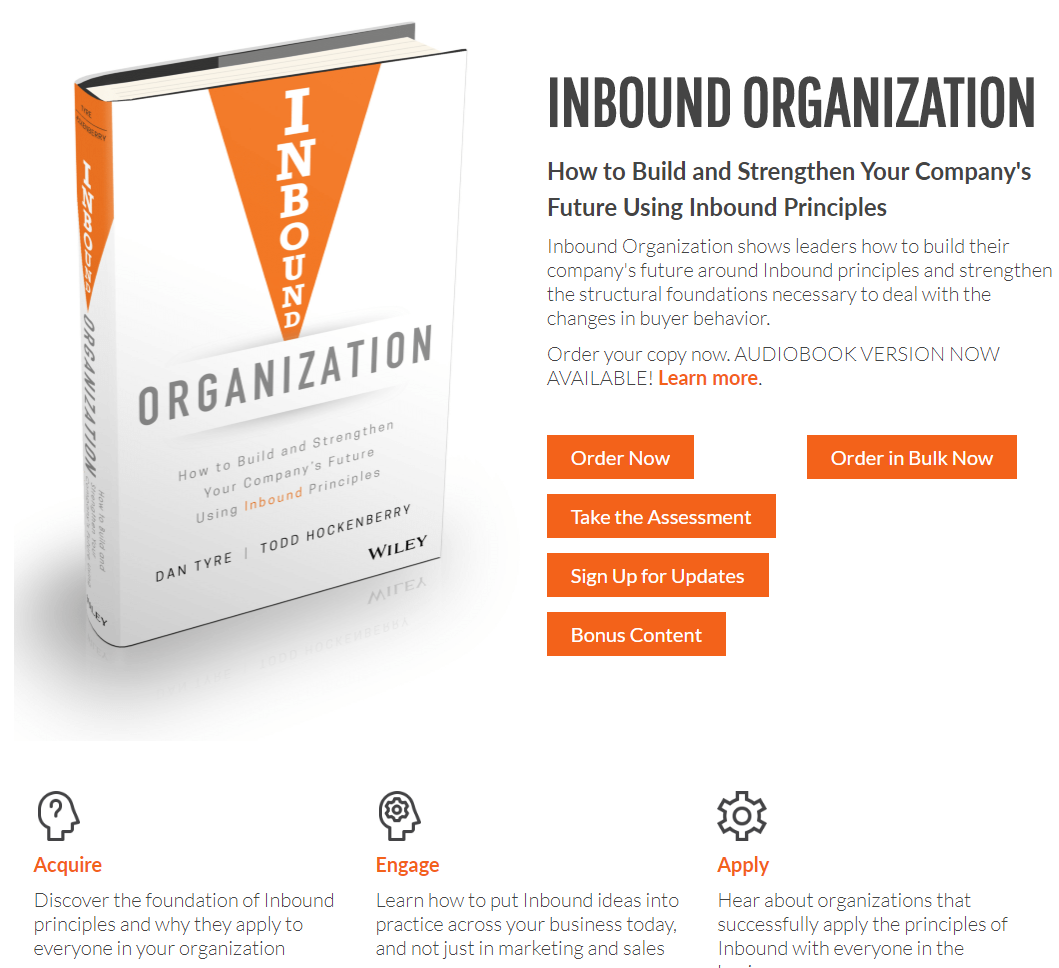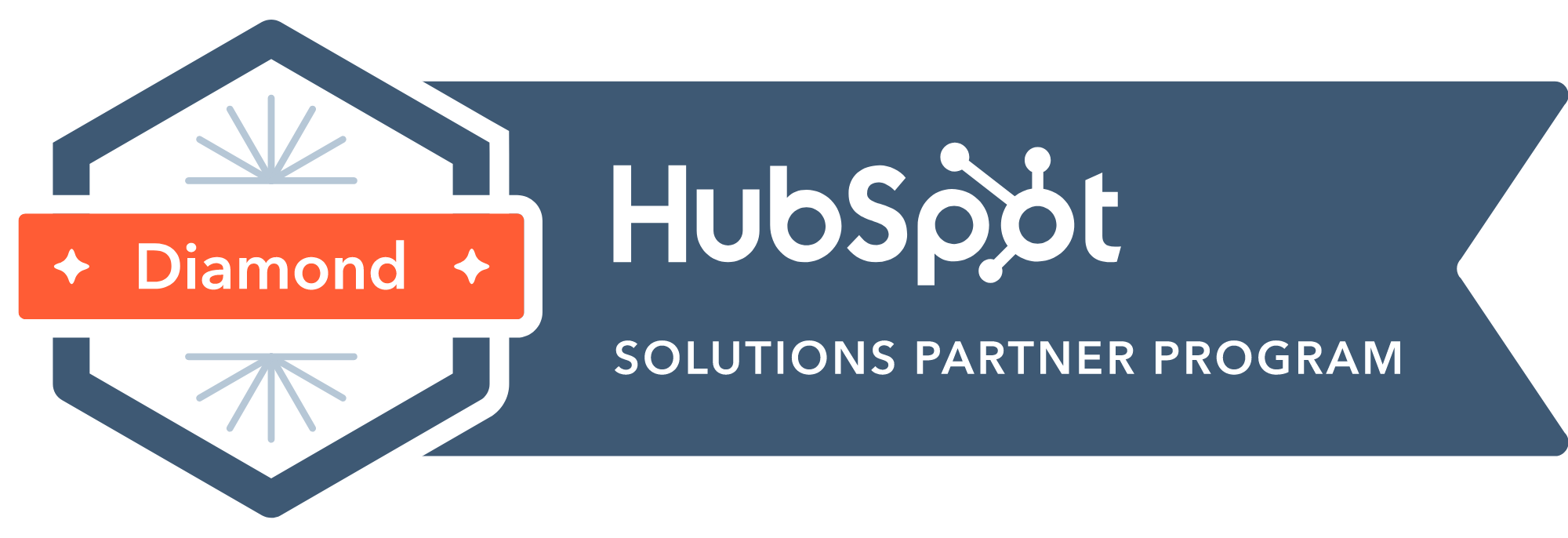In the space of less than two decades, we’ve seen a complete shift in how buyers and sellers work together.
Put simply, buyer behavior has changed. Shoppers don’t want you to tell them what to buy; they make those decisions themselves. They dislike hard sells, slimy pitches, and spam.
As a result, businesses have to change too—especially if you’re in the B2B space.
In 2020 and beyond, growing your business isn’t about harassing every potential buyer with a sales pitch. Your purpose is, as Peter Drucker once said, “To create and keep a customer.”
The thing is, what worked 15 years ago won’t work today. That’s because:
- There’s more competition.
- Customers are more suspicious of brands today.
- Buying cycles are longer.
- Budgets are tighter—especially during COVID-19.
Outbound methods just won’t work as well in these conditions. Today, you have to educate buyers while subtly positioning yourself as the best solution. Inbound marketing makes that happen, and with amazing results.
But that’s just one side of the coin.
The book Inbound Organization by Dan Tyre and Todd Hockenberry takes the inbound marketing model and applies it to an entire organization.

It’s a game-changer for not just marketing departments, but business operations as a whole. That’s because marketing doesn’t happen in a vacuum. Inbound is a method that touches how you do business at every point of your organization, from sales to accounting to customer service.
Inbound Organization takes inbound beyond marketing, applying inbound principles to help leaders run better businesses, keep their amazing employees, and retain more customers by providing a back office experience that matches their marketing and sales experience.
Whether you think it’s time to pivot or you’re trying to adjust through the pandemic, now’s the time to apply inbound methodology to your daily practices.
What does it mean to be an inbound organization?

Tyre and Hockenberry highlight the philosophical underpinnings of what makes inbound organizations so powerful.
In today’s world, your buyers have all the power. And, according to HubSpot, when you treat these buyers like humans, they reward you for it. But if you treat humans like numbers, you’ll quickly become obsolete. There’s no room for the old guard today; every department in your organization has to switch to inbound.
Inbound Organization identifies 3 critical components that inbound organizations need to be relevant in 2020 and beyond.
3 components of inbound organizations
- Giving value
- Amazing experiences
- Solving a problem
Inbound marketing is about providing content that helps your buyer. There’s no gimmick or hard sell—you just want to be there for people.
That attitude should be present not only in your marketing department, but in every employee of your organization.
Focus on your buyer personas and give them a superior experience at every turn. Self-interest shouldn’t play a role at all in this process, and instead, you should feel motivated by educating and offering value.
Start a relationship with your buyers by treating them like the people they are. That begins with offering value—no strings attached. What you get in return are profitable, delighted customers that stay with you over the long haul. You can’t make money if you’re scaring away all of your buyers!
Inbound organizations deliver more than just customer service. They deliver amazing experiences at every stage of the customer journey, from marketing to billing.
After all, according to Inbound Organization, it’s not about what you say about your brand, but what buyers say their experience is with your brand.
By personalizing the way you funnel buyers through your organization, you’ll not only humanize their experience, but earn their trust over time. When it’s down to you or a competitor’s solution, they’ll choose the business that treated them right.
The last magic ingredient of successful inbound organizations, according to Tyre and Hockenberry, is focusing on buyers’ problems. Before you do anything, you have to help people, and help those people solve their most urgent, dire problem.
In fact, inbound organizations are naturally poised to solve more buyer problems than their competitors. That automatically puts you in first place in the buyer’s mind.
Inbound organizations don’t create products for the sake of it. Instead, they start with the buyer’s needs and work backward to create a solution. That’s how the world’s most successful companies build products so great it seems they’re mind-readers.
Applying Inbound Organization to your business
Buyer behavior should change how you’re doing business. If you want to survive this new environment, it’s time to change how you operate as a company.
Fortunately, Inbound Organization provides a radical and effective model for B2B organizations. This guidebook shows business leaders how your mission, strategy, action plans, and tools have to change so you can align with buyers at every turn.
The book shows leaders how to create an end-to-end inbound organization, from operations to sales to customer service. Dive into Tyre and Hockenberry’s process to future-proof your organization with the power of an inbound culture.
- Acquire
- Engage
- Apply
- Tools
Inbound Organization takes a deep look at the foundations of inbound and why it matters for every employee in your organization, not just marketing and sales.
Even if you’re already using inbound in your smarketing department, that’s not enough. According to HubSpot:
- 69% of B2B buyers want businesses to listen to their actual needs.
- 51% of B2B buyers want fast replies.
- 49% of B2B buyers want to know their options.
While some of these duties fall on your smarketing department, it’s also on your customer service reps, accountants, and operations folks to serve customers’ needs.
It’s one thing to understand why inbound works; it’s another entirely to build an engaging inbound-first culture.
Inbound Organization teaches business leaders how to put inbound principles into practice at every level of the organization.
According to Peter Drucker, “Culture eats strategy for breakfast.” That’s exactly what Tyre and Hockenberry say businesses need to go all-on on inbound.
That means learning how to build an intentional culture, which is no easy feat. Inbound Organization encourages leaders to build:
- Radical transparency
- Trust
- Accountability systems
- Communication systems that work
… to plant the seeds of inbound in your organization.
But don’t worry. We love Inbound Organization because it shares real-world examples of inbound in practice. Since every business is different, these case studies can help you better understand how to apply inbound in the real world.
The book also gives you access to hundreds of hours of expert interviews. Since Tyre and Hockenberry implement inbound at their own organizations, you’re learning from authors who walk the walk.
Once you have an idea of how to implement inbound at your organization, you’ll need tools to get there. Inbound Organization provides plenty of tools, like metrics and goals, to get you started.
The book even includes an Inbound Assessment, which helps you see where your organization is on the journey to embracing inbound. It’s a great starting point to help you acknowledge your current reality and what next steps you need to take.
The bottom line

Inbound is the future-proof. It removes pain from both ends of the B2B equation, giving both your employees and your buyers a better experience.
Inbound Organization provides a proven framework for implementing inbound methodology beyond your sales and marketing teams. This book is a critical resource for anyone who wants to stay relevant, especially through the upheaval of 2020.
Create a better culture for your employees, retain more of your amazing customers, and build an organization you’re proud of with the framework in Inbound Organization.
Have you read the book yet? What did you think?



